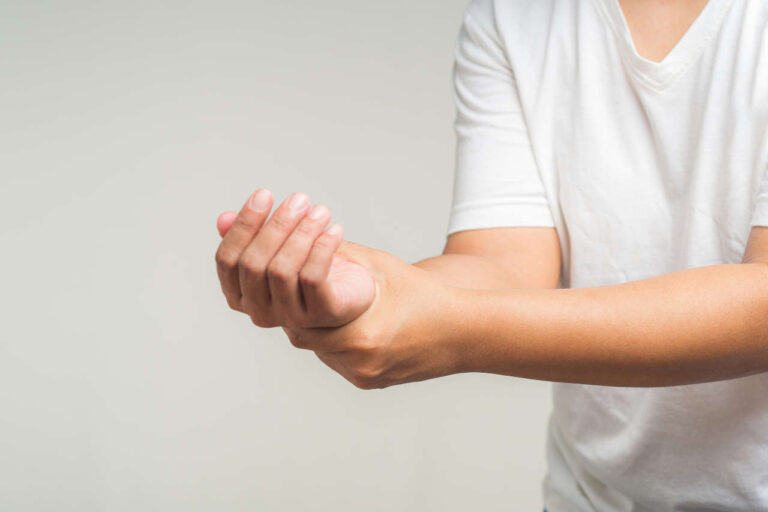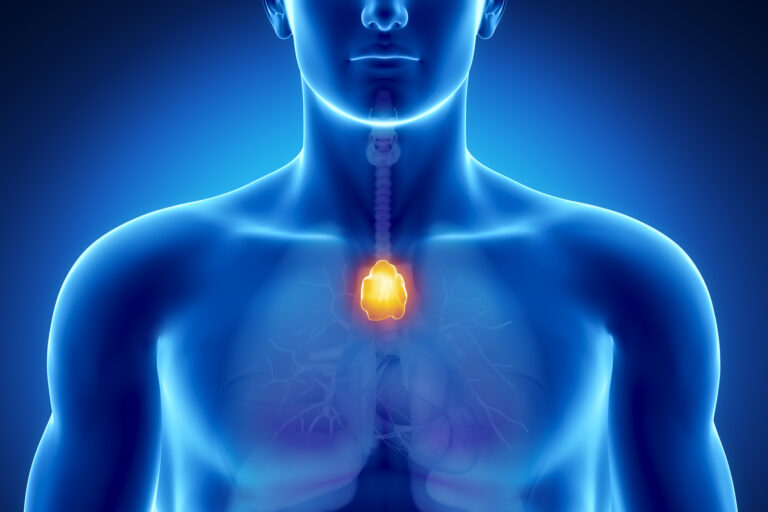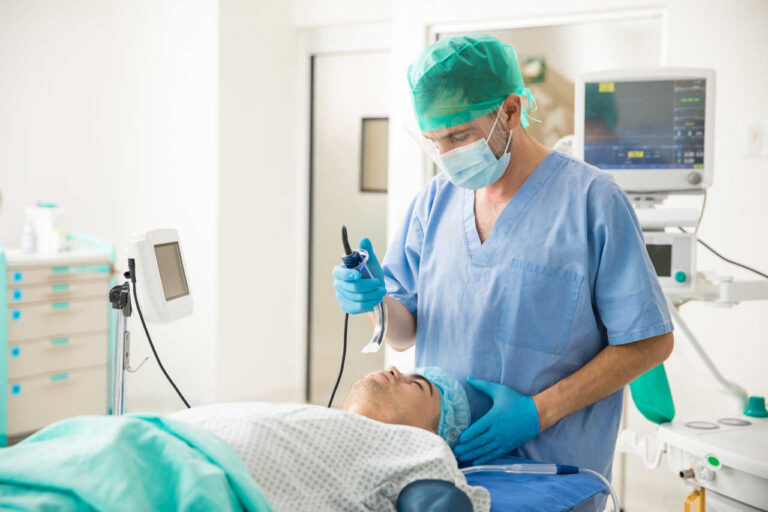
Myasthenia gravis is a rare autoimmune disorder affecting 20 of every 100,000 people worldwide. There are various types of myasthenia gravis, each with slightly different symptoms and treatment options.
احصل على المساعدة المالية
Whether you’re a person living with this disease or a family member caring for your loved one, knowing more about the type of myasthenia gravis you’re dealing with can help you navigate the treatment process.
Below, we will explore the different types of myasthenia gravis, their symptoms, and the available treatment options.
Understanding Myasthenia Gravis
Myasthenia gravis (MG) is a chronic autoimmune disorder affecting the neuromuscular junction of the skeletal muscles. Various types of myasthenia gravis can target the muscles in your face, neck, eyes, arms, and legs, hindering your ability to:
- Blink
- Chew
- Speak
- Swallow
- Lift objects
- Climb stairs
- Raise your arms
- Keep your eyes open
- Control eye movements
- Make facial expressions
- Stand up from a seated position
The symptoms of myasthenia gravis can appear suddenly and worsen with physical activity. The exact cause of myasthenia gravis is not fully understood. However, scientists believe MG results from the immune system attacking its own muscle cell receptors.
Factors like genetics, infections, gender, and the presence of other autoimmune diseases may increase the risk of developing various types of myasthenia gravis. Once the symptoms appear, doctors will perform blood, imaging, and nerve function tests to diagnose the disease.
Types of Myasthenia Gravis
There are several different types of myasthenia gravis. Let’s examine each type and its symptoms to understand this disease better.
Generalized Myasthenia Gravis
Generalized myasthenia gravis, or gMG, is the most common form of the disease, accounting for 85% of all cases.
This form of the disease involves widespread muscle weakness that affects different areas. Some of gMG’s symptoms include:
- Blurred vision
- Drooping eyelids
- Speech difficulties
- Down-turned mouth
- Changes in facial expressions
- Difficulties with everyday activities
- Difficulty breathing, leading to myasthenic crises
Studies show that 55% of individuals with eye-related symptoms progress to developing generalized types of myasthenia gravis, usually within the first few years of symptom onset.
تحدث إلى أحد المتخصصين
حول مساعدة الدفع المشتركOcular Myasthenia Gravis
Approximately 10-40% of individuals with myasthenia gravis only experience eye-related symptoms due to the more vulnerable nature of the muscles in this area. This type of MG is called ocular myasthenia gravis, or OMG.
Symptoms of OMG include:
- Eye strain
- Blurred vision
- Difficulty focusing
- Diplopia (double vision)
- Ptosis (drooping eyelids)
These symptoms may worsen with prolonged use of the eye muscles, such as when reading or watching TV. Ocular types of myasthenia gravis may later progress into gMG.
Seronegative Myasthenia Gravis
Seronegative MG is next on our list of different types of myasthenia gravis. Seronegative myasthenia gravis occurs when there are no identifiable autoantibodies (such as acetylcholine receptor antibodies) in the patient’s blood. Nearly 10% of MG cases are seronegative.
Symptoms of seronegative myasthenia gravis are similar to those of seropositive MG and include:
- Double vision
- Drooping eyelids
- Difficulty speaking
- Difficulty swallowing
- Muscle fatigue and weakness
The absence of autoantibodies makes diagnosing the seronegative types of myasthenia gravis difficult. Patients may need to be evaluated by neurologists, and special tests may be performed to confirm seronegative MG.
Transient Neonatal Myasthenia Gravis
Transient neonatal myasthenia gravis (TNMG) occurs in 10-20% of babies born to affected mothers. Women who have myasthenia gravis during pregnancy or are in remission may pass their autoantibodies to the fetus.
Symptoms appear in the first 24 hours of the infant’s life and may include:
- Weak crying
- Muscle weakness
- Respiratory problems
- Lack of facial expressions
- Difficulty suckling or swallowing
Babies with transient types of myasthenia gravis usually recover within a few weeks as the mother’s autoantibodies leave their bodies.
Congenital Myasthenia Gravis
Another one of the different types of myasthenia gravis is congenital MG or CMG. This form of MG stems from a genetic mutation and is inherited, unlike other acquired forms. It affects one in every 500,000 children from birth through early childhood.
Signs of CMG are similar to those of gMG and may include:
- Facial weakness
- Drooping eyelids
- Muscle weakness
- Breathing difficulties
- Swallowing difficulties
However, symptoms may be milder in congenital types of myasthenia gravis if the disease appears in later stages of life.
Get Copay Assistance Now
Juvenile Myasthenia Gravis
Juvenile myasthenia gravis is a rare form of MG affecting 10-15% of children and teenagers with the condition. It usually begins before the patient turns 18 and lasts throughout their lives.
Symptoms of juvenile MG include:
- Double vision
- Drooping eyelids
- Muscle weakness
- Difficulty speaking
- Difficulty breathing
- Difficulty swallowing
- Issues with fine motor skills
The overall symptoms of juvenile MG are similar to those in adults. However, they may appear differently in children and teenagers.
Late-Onset Myasthenia Gravis
The last form of the disease we cover is late-onset MG. Late-onset types of myasthenia gravis commonly occur in men over 50. They account for 15-20% of all cases with unique challenges.
Symptoms are similar to those of early-onset MG and may include:
- Generalized fatigue
- Chewing and swallowing difficulties
- Drooping eyelids and vision problems
- Muscle weakness (especially in the face and neck area)
While symptoms are similar to other types of MG, they may be less severe and progress more slowly.
Treatment Options for Different Types of Myasthenia Gravis
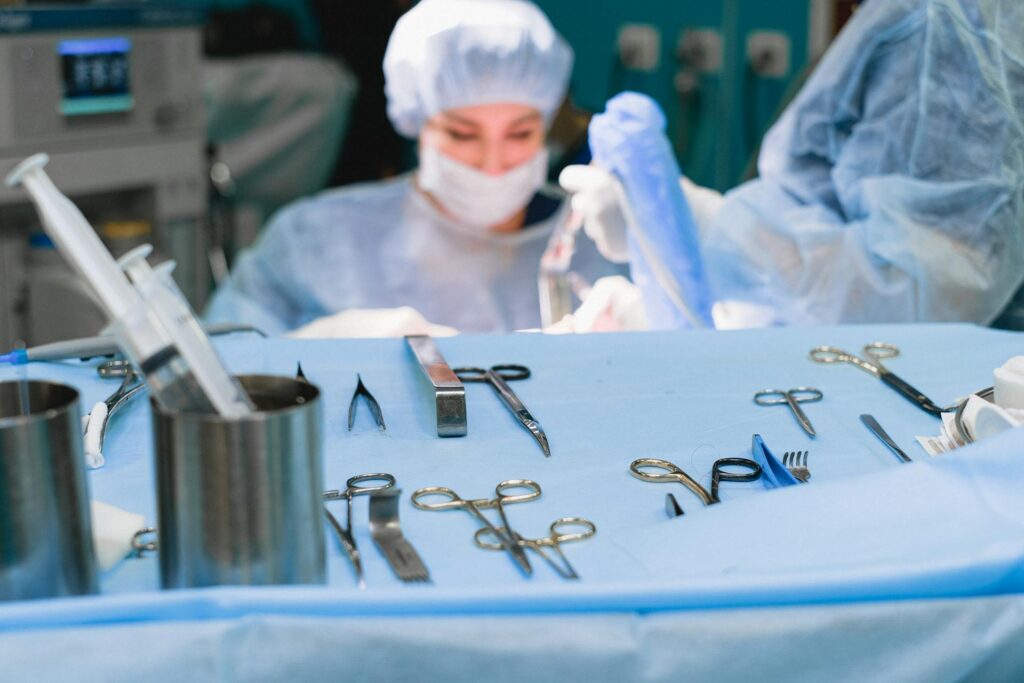
While we don’t yet have a cure, there are various treatment options for myasthenia gravis. Let’s explore these treatments and see which ones work best for various types of myasthenia gravis.
الأدوية
Certain medications can help alleviate the symptoms of myasthenia gravis. Two types of these medications include:
- Cholinesterase inhibitors (anticholinesterase): These medications boost signals at the neuromuscular junctions, increasing acetylcholine levels and improving muscle strength.
- Immunosuppressants: Drugs like corticosteroids suppress the immune system by reducing the production of harmful antibodies and preventing them from attacking the neuromuscular junctions.
Cholinesterase inhibitors are often prescribed for those with generalized, ocular, transient neonatal, and juvenile myasthenia gravis. Immunosuppressants are prescribed for the seronegative, congenital, and late-onset types of myasthenia gravis.
Get Copay Assistance
تحدث إلى أحد المتخصصينMonoclonal Antibodies
Monoclonal antibodies are another treatment option for different types of myasthenia gravis. They target specific cells and proteins in the immune system responsible for attacking the neuromuscular junction.
The most common monoclonal antibodies prescribed for MG are:
- Rituximab: Targets B-cells, which play a crucial role in producing autoantibodies.
- Eculizumab: Inhibits the complement system involved in the immune response.
These monoclonal antibodies are typically prescribed for those with generalized, seronegative, ocular, and late-onset myasthenia gravis.
Plasma Exchange
Plasma exchange or plasmapheresis is an effective treatment for various types of myasthenia gravis. This method involves:
- Removing the patient’s blood
- Separating the plasma (containing the harmful autoantibodies) from other components
- Returning the plasma to the patient’s body or replacing it with a substitute plasma solution
By removing the autoantibodies from the patient’s bloodstream, plasmapheresis can help alleviate symptoms. This treatment is usually prescribed for those with generalized, seronegative, late-onset, and severe cases of ocular myasthenia gravis.
الغلوبولين المناعي الوريدي
علاج الغلوبولين المناعي الوريدي is another popular treatment for different types of myasthenia gravis. This method involves infusing a concentrated solution of antibodies obtained from healthy donors into the patient’s bloodstream.
The healthy antibodies administered through IVIG for myasthenia gravis help:
- Modulate the immune response
- Suppress the production of autoantibodies
- Reduce inflammation and improve muscular strength
IVIG can be effective for generalized, seronegative, ocular, and juvenile types of myasthenia gravis.
Surgery
Surgery is the last treatment option for myasthenia gravis, reserved for cases where other therapies haven’t worked.
The goal of surgery is to remove the thymus gland, a gland located behind the sternum. Scientists believe that this gland is responsible for the production of autoantibodies. Therefore, the procedure is called a thymectomy.
This surgery may be suitable for younger patients with generalized and seronegative MG.
Living With Myasthenia Gravis
Living with myasthenia gravis can be challenging. However, there are things you can do to make life with myasthenia gravis easier.
Here are some tips to deal with the daily challenges of various types of myasthenia gravis:
- Use mobility aids and assistive devices when necessary
- Get plenty of rest and listen to your body to conserve energy
- Eat a balanced diet and stay hydrated to support your overall health
- Stay active with gentle exercises like yoga to maintain muscle strength
- Lean on friends and family for emotional support and practical assistance
- Take your medications as prescribed and report any changes to your doctor
- Join a support group for individuals with myasthenia gravis to connect with others
- Practice relaxation techniques like meditation and deep breathing to manage stress
- Avoid triggers like extreme temperatures or overexertion to keep the symptoms from worsening
Receive At-Home Myasthenia Gravis Treatment from AmeriPharma® Specialty Pharmacy
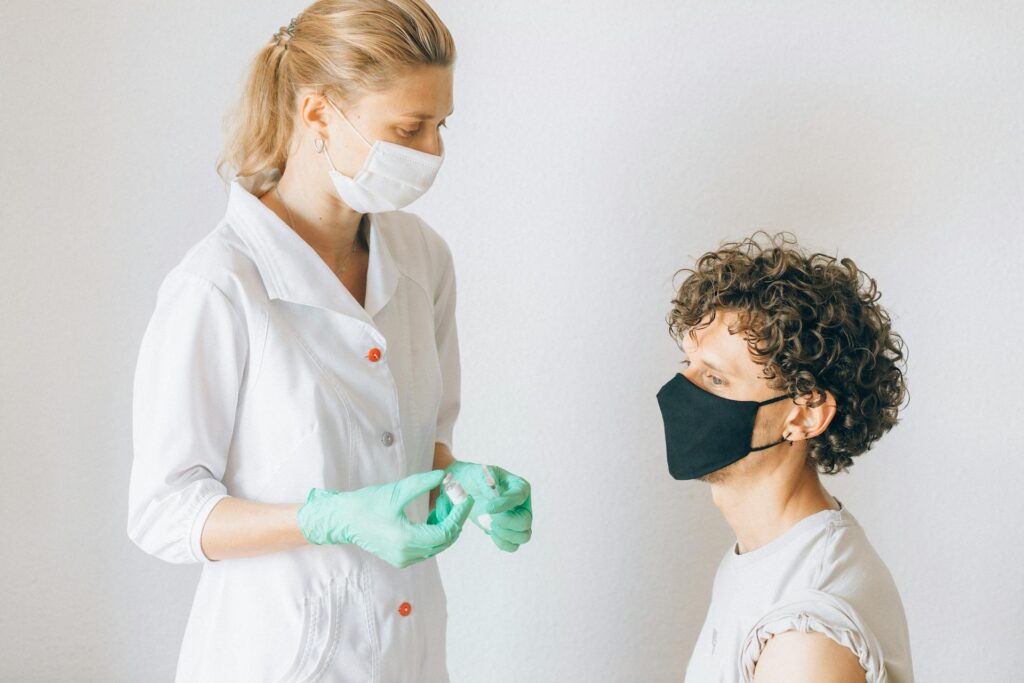
Now that you know more about the various types of myasthenia gravis, you are prepared to face this disease head-on and overcome any challenges that may arise.
If you need IVIG treatment for different types of myasthenia gravis, AmeriPharma® Specialty Pharmacy can help.
Our URAC and ACHC-accredited specialty pharmacy offers at-home IVIG therapy to individuals battling myasthenia gravis in 40+ US states and territories. Our trained infusion nurses can come to your home to administer the treatment and offer troubleshooting support.
اتصل بنا now to receive specialty care at home and manage your condition with full-service coordination, 24/7/365 support, and مساعدة الدفع المشترك.





